[Guide] How to Market and Promote Your Shopify Store
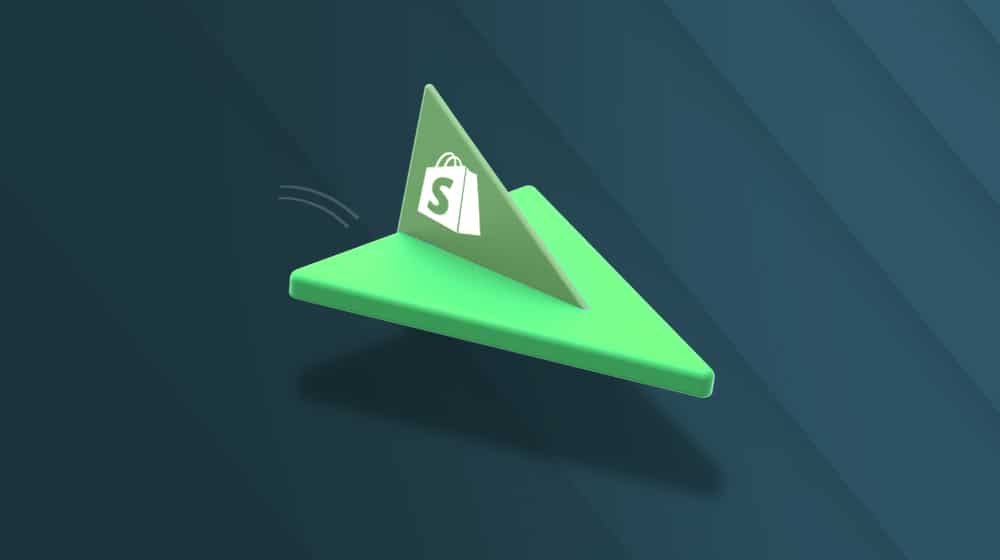
Shopify is arguably the easiest and best platform to use for creating an eCommerce store. There are faster and easier ways to set up stores, but you're stuck with an interface, payment processor, or systems of a site like Amazon, eBay, or Etsy. That's fine for some people but too restrictive for others.
Shopify is great for a fully customized storefront, but it suffers from one major problem: you have to promote your site and products. If you list products on Amazon, people can find them through Amazon's product search. If you list on eBay, people can find you via the site search. The same goes for most marketplaces.
With Shopify, you're setting up your website on your domain name, and you're starting from scratch as far as reputation and marketing are concerned. Moreover, you're competing with people selling similar products on their sites or marketplaces with infinite SEO value like Amazon.
Thus, to succeed with a Shopify store, you need to invest in marketing and promotion. Otherwise, no one will be able to find your store, buy your products, or otherwise even know you exist.
I'm big into marketing – it's my whole thing, you could say – so I've compiled a guide on how to promote a Shopify store. There's a lot here, and I'm glossing over some effective strategies with links to more detailed articles, so give this post a read and use it as a resource.
If you have feedback on the strategies that I've listed or want to ask a question, feel free to leave me a comment or drop me a line. I'm always happy to chat.
 30 Second Summary
30 Second Summary
You'll find Shopify is the best platform for creating a custom online store, but you need to focus on promotion since you won't get built-in marketplace traffic. You have to start content marketing with your blog as early as possible, aiming for 1-2 posts of 2000+ words weekly. You can boost visibility with influencer partnerships, guest posts and media coverage. You'll also want to set up affiliate programs, optimize your SEO, maintain social media presence and build an email list. While paid ads work well, they require ongoing investment.
Content Marketing
First and foremost, the number one thing I always recommend for anyone starting a business is to get a content marketing engine up and running.
For most people, that means a blog, which is a great place to start. Plus, all Shopify sites have built-in blogging functionality out of the box. Fair warning, though: blogs are slow. I don't mean slow as in load time; I mean that they can take years to start getting any real traffic, organic rankings, and a return on their investment.
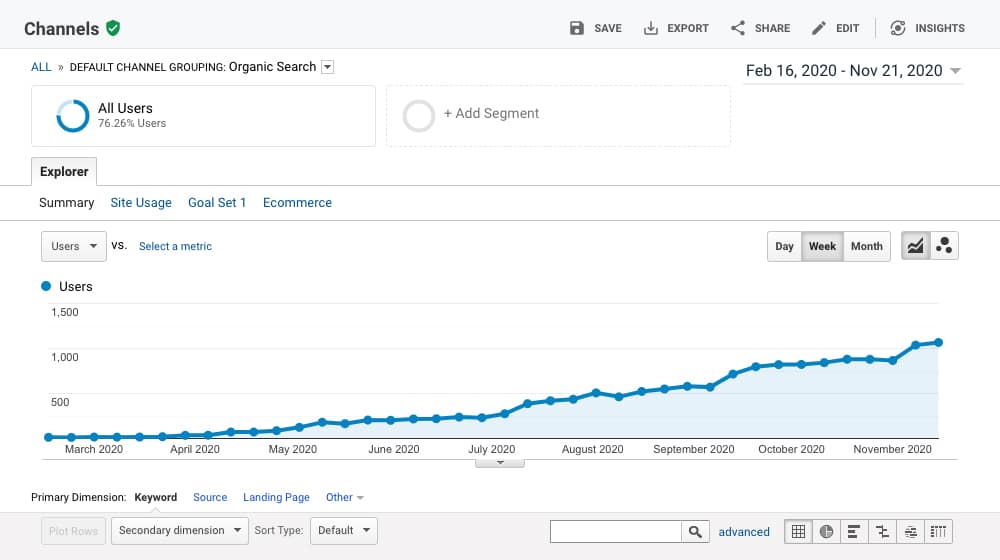
Some people take that as an excuse to put it off. That's a mistake. Content marketing is something that you should start as soon as possible to bear fruit as quickly as you can. If you wait to begin, you will not accelerate your growth later; it will still be slow to build that authority and get the ball rolling. Get your blog up and running as quickly as possible.
Don't bite off more than you can chew! For a new business, your blog doesn't need to be "The Best Thing Since Sliced Content". All you need to do is get yourself into a habit of regularly creating and publishing content relevant to your store and your customers. Cover topics of interest to potential customers by thinking about problems they have that you can solve. Aim for 1-2 blog posts at least 2,000-words each - per week. Build a backlog to schedule some posts in advance and smooth out your content calendar. Hire a writer or a content marketing agency (hint hint) if you don't want to or can't spend the time to do it yourself.
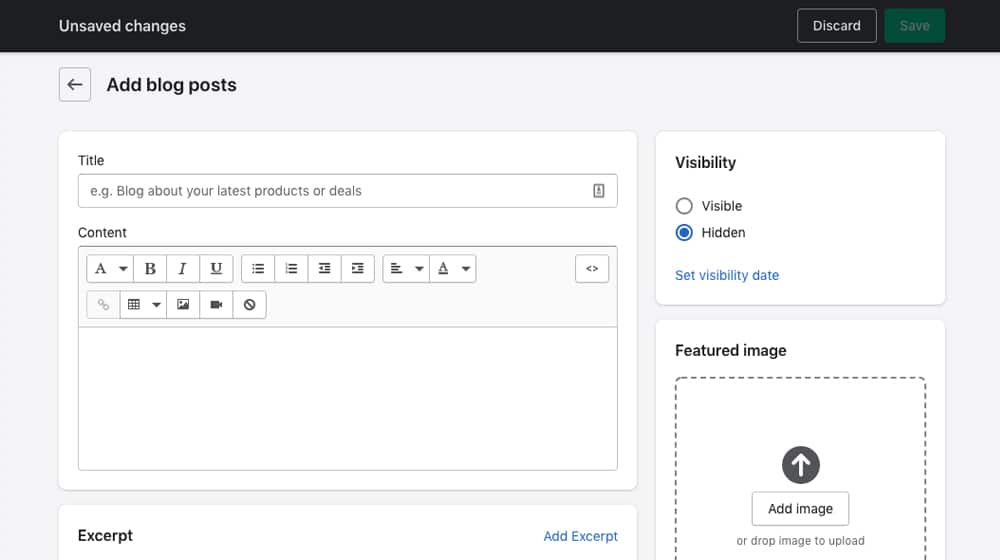
As I had mentioned, Shopify has a blogging system built-in for every store. Using the built-in blog is what most users choose to do, and it's what I recommend, but you can also use a WordPress blog instead if you want something more robust and fully featured. That's your choice. Plenty of stores have run blogs on Shopify for years and are perfectly successful. Others chafe at the restrictions within months. A lot of it comes down to your personality.
I recommend that you stick with a single CMS, so since your store is already on Shopify, my recommendation is to use the Shopify blogging platform.
Later on down the road, you can implement more advanced content marketing strategies, like 10x content, or repurposing your flagship content into multimedia formats like infographics, podcasts, and videos. For now, though, all you need to do is get a blog going.
Further reading:
Influencer Outreach, Guest Contributions, and Media Coverage
Once you start building up your brand, have some content on your blog, and build a name for yourself, you can work on more advanced forms of content-based promotion. I've listed a few here you can investigate.
Influencer Outreach. Influencer marketing had its heyday already, but it's still valuable if you know how to go about it the right way. The difficulty comes in realizing that many of the "influencers" out there aren't influential. There are only a few dozen to a few hundred significant influencers in any given industry or niche, and many of them have smaller audiences than they want you to think.
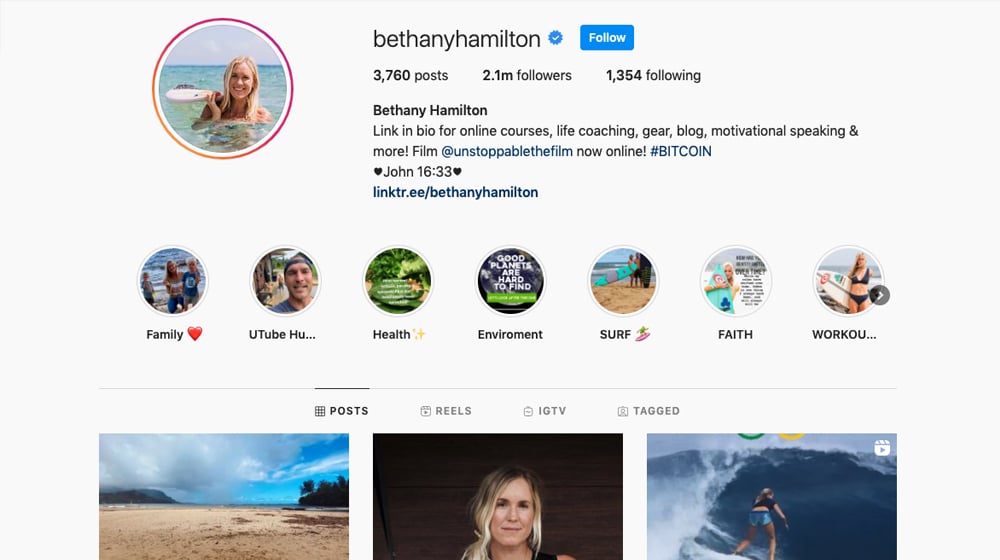
Influencer marketing is essentially the art of contacting people who are influential with your target audience, building a relationship with them, and getting them to recommend your brand/store/product to their audience. There are many moving parts, not the least of which are identifying influencers who are influential in your target niche. Luckily, millions of words have been written online about the entire process. Here's how to get started:
Guest Contributions. Part of SEO, which I'll cover later, is building up backlinks. A great way to do this is by presenting yourself as an authority, an expert, or a thought leader in your space and offering to contribute to various websites and blogs throughout your niche. You need to pick sites that are not direct competitors but are related enough to reach an audience interested in shopping with you. For example, a company like Moen could contribute to blogs related to plumbing to discuss particular problems (and how their engineering solved them).

Guest posting can be tricky, so here's a good rundown of how it works today:
Media Coverage. Traditional media, be it local TV coverage, radio coverage, news sites, regional blogs, or journalism, can always use more to report about and are usually open to tips and pitches.
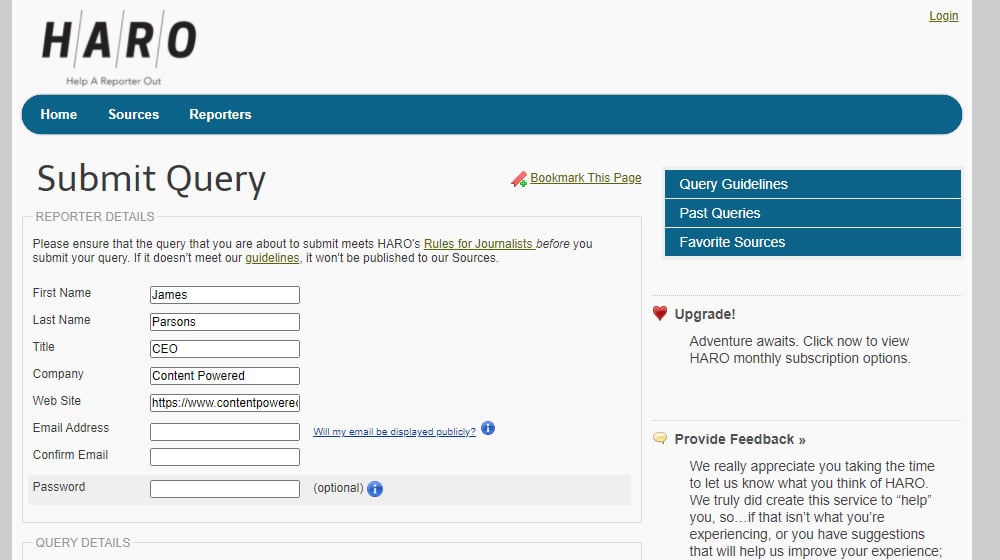
There are many different ways you can reach out to the media to try to get coverage for your store.
- Identify relevant media, like news sites and local journalists, and send them a personalized email.
- Offer yourself as an expert on a network like Help A Reporter Out (HARO).
- Develop a press release and submit it to both media companies and press release directories.
Media coverage tends to be brief and short-lived, so you need to be poised to take advantage of it when it comes.
Affiliate and Referral Marketing
Word of mouth is some of the best marketing you'll ever find. Studies show that people trust personal recommendations from friends, family, influencers, and even people they don't personally know, so long as that recommendation seems trustworthy. Thus, one of the best things you can do to boost a Shopify store is to set up word-of-mouth marketing.
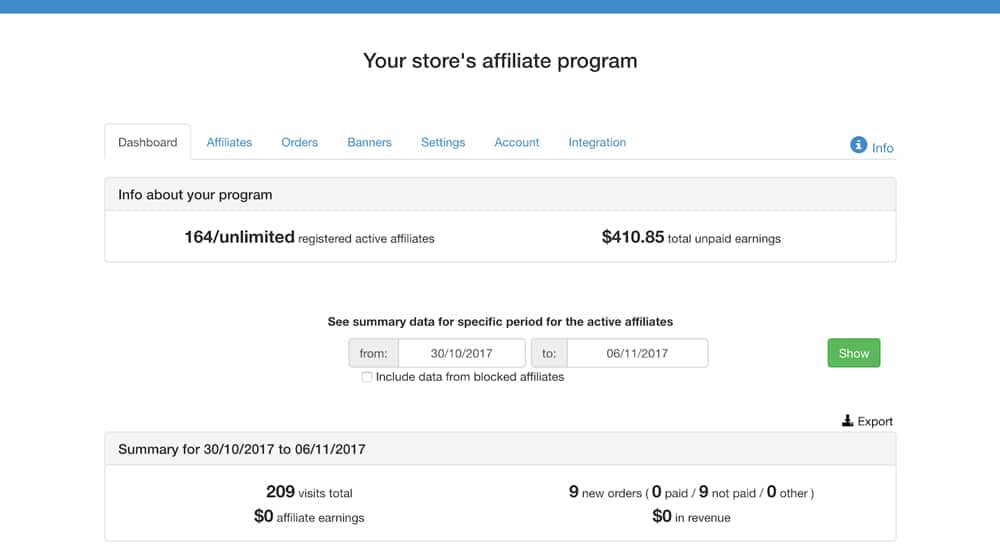
There are two main ways to go about this: affiliates and referrals.
- Affiliate marketing involves paying a commission to people who promote you and successfully get you sales.
- Referral programs involve getting your existing customers to refer other people to you and earn bonuses (that typically aren't monetary) for doing so. As such, you can use both simultaneously and attract different kinds of people who may be willing to promote you.
Luckily, Shopify has a robust app store with plugins that allow you to manage one or both of these programs easily. Here's the directory for affiliate plugins, and here's a list of the best referral program plugins:
You only need one of each (or one that does both), so pick the one that looks best to you.
SEO Techniques
SEO and content marketing go hand in hand. Modern SEO is, essentially, content marketing. However, SEO also has many technical aspects relating to your product pages and your overall site design that you should pay attention to and implement right away.
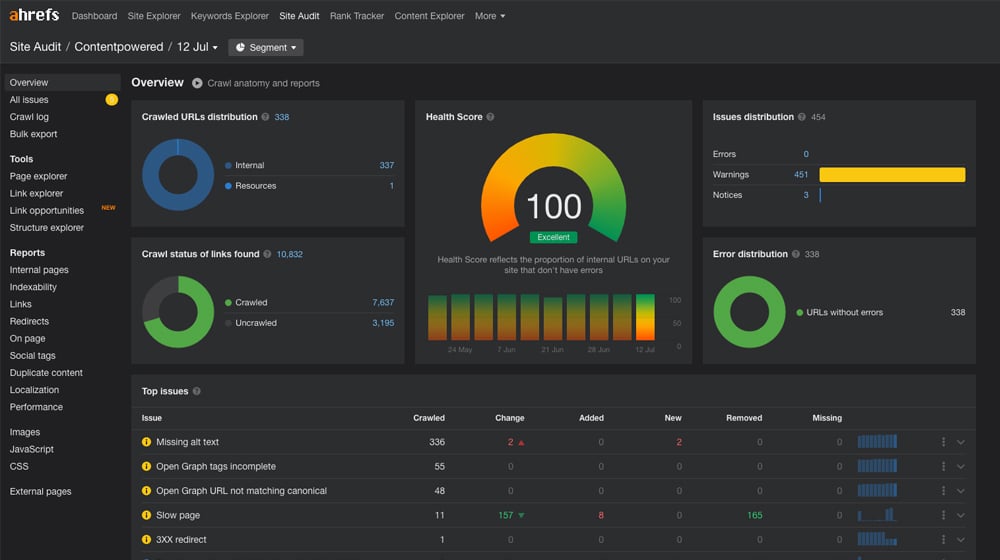
These include:
- Image Alt Text. Every image on your page, be it in a blog post or a product image, should have alt text that includes a description of the image, as well as a keyword that is relevant to it.
- Page Meta Titles and Descriptions. Meta titles are among the most critical words on your entire site, so work to optimize them. Keep them short, make them descriptive, and use keywords.
- Schema Markup. The org markup allows you to flag specific bits of data on your site (like product name/SKU/quantity/price) so that information can be harvested and used by search engines. It's a considerable boost to do.
- Product Keyword Research and On-Page Text. Keywords are essential for getting pages picked up by Google and the other search engines, so make sure to use them in product pages and descriptions.
- Link Building. I mentioned it above, but link building is the core of SEO. Get links from as many relevant, quality domains as you can, as long as you aren't violating Google policies to do it (like paying for them or getting them through spam.)
- Site Speed. The faster your site loads, the better. Use PageSpeed Insights to check your current setup, identify errors, and fix them.
- Mobile Compatibility. Mobile internet usage is rising and is already over 50% of web usage. Make sure your site looks good and is functional on mobile devices.
- Descriptive URLs. Ensure every product page has a URL that describes the product rather than auto-generated URLs or attributes/numbers.
All of this and more is covered in Shopify's excellent primer for basic SEO on their platform. You can read it here.
Social networks are still among the best ways to reach targeted audiences interested in and relevant to your store. Make profiles, post regularly, and engage with the customers you attract. Just make sure that, like blogging, you don't take on more than you can handle.

I recommend, in order:
- YouTube
Some of these have additional features you can use in the right situation. Facebook has groups you can join to promote yourself and help out the group. Twitter may have small business hashtags you can take advantage of for your store. Instagram has a system where people can purchase directly through the network if you link things up properly, though you need to be in a particular industry to gain access. You can see the complete list of prohibited industries here.
There's a lot that goes into social media marketing, far more than I can cover here. I recommend looking up specific guides for any platform you choose to use. If you do go looking for articles on social media, make sure that you check the date that it was published or updated, as social marketing strategies change rapidly.
Customer Attraction Techniques
You can use a variety of strategies to attract customers and convert them quickly. FOMO – the Fear of Missing Out – is one of the best. Leverage techniques like time-sensitive coupons, numerically-limited deals, or other tricks to get people to buy when they might otherwise wait.
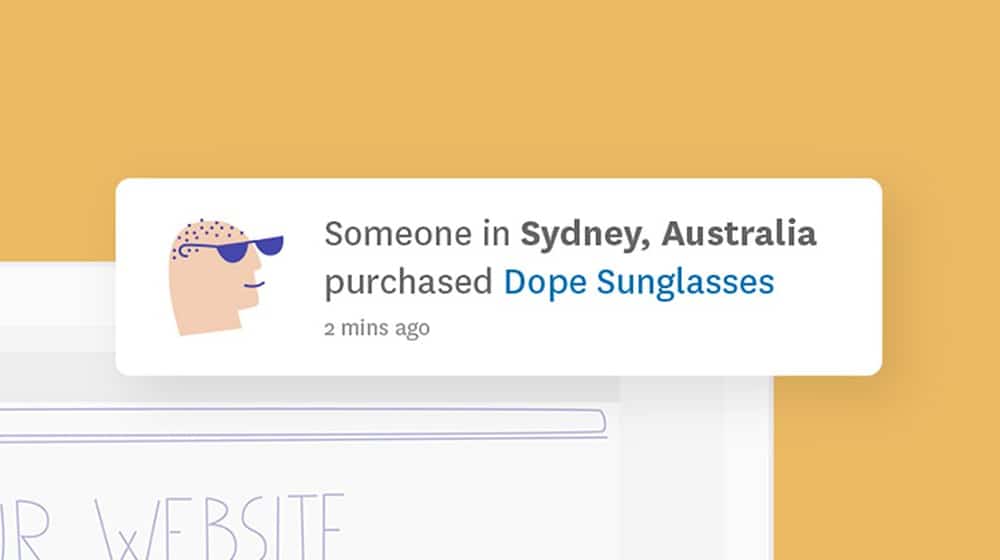
You can use plugins like a Hello Bar or a spinner wheel to deliver these coupons and deals and post them on social media. Remember to make them truly limited. Otherwise, people will treat your "deal" prices as your regular prices.
A newsletter is among the best resources you can build. Offer opt-in forms on your blog, make opting in required to claim a couple, and enroll people who make a purchase automatically.
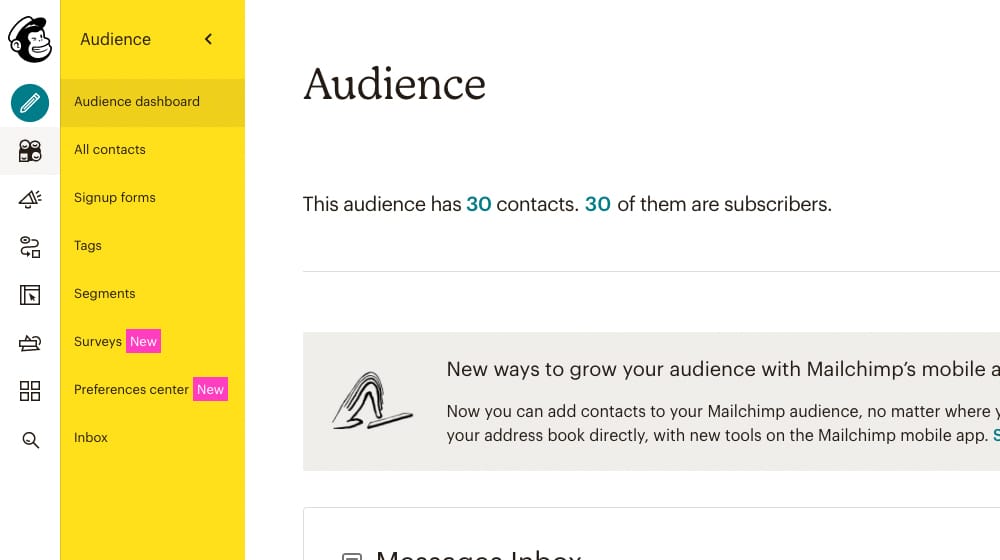
Newsletters enable you to build a list of people that you can contact directly without worrying about algorithms or filters set by third parties. Like blogging, this is something that you should start sooner rather than later.
No fighting the Facebook or Google algorithms with a newsletter - it's something you have control over, and it snowballs over time. You can then use the newsletter to give customers and interested parties insight into new products, new deals, upcoming sales, and other information they'd be interested in having.
Paid Advertising
No discussion of marketing would be complete without mention of paid advertising. You can pay for exposure and promotion through any number of different systems. Every social network has paid advertising options; Google and Facebook have an ad network where you can advertise through mobile apps, videos, and much more.
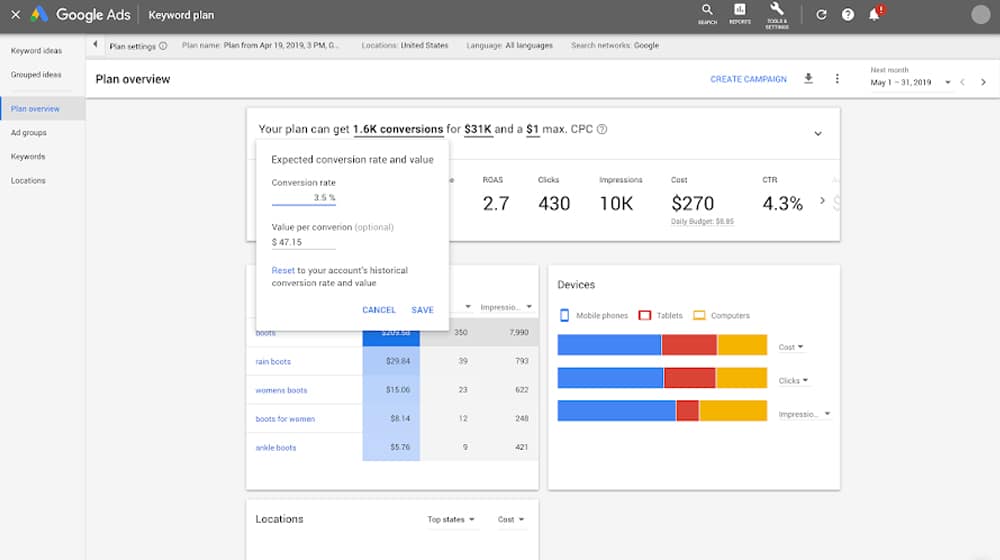
The trick with paid advertising is, of course, the cost. It works and works well, as long as you have the funds to pay for it. Then, the moment you run out of money, it stops. Paid ads can be good for getting your store off the ground (if you have the funds), but it's not a sustainable long-term strategy.
So, what do you think? Armed with the above, can you get a Shopify store up and running? I think you can. Let me know your experiences and thoughts in the comments below.



 30 Second Summary
30 Second Summary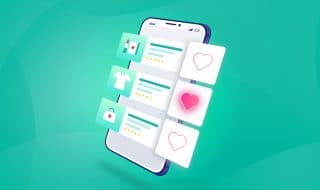
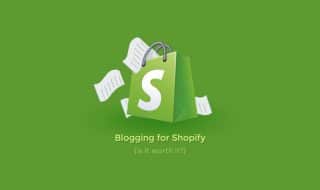


January 31, 2022
Neat guide! I was feeling a little overwhelmed but this helps. Thanks!
February 04, 2022
Thanks, Rich! Good luck with your new Shopify store 🙂